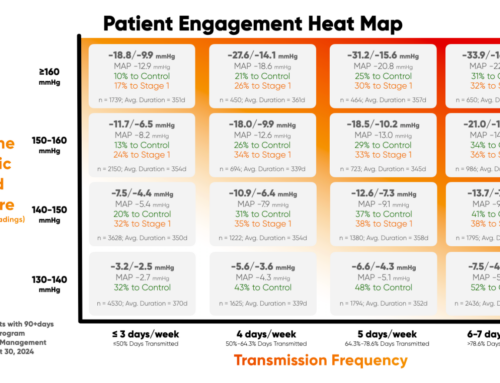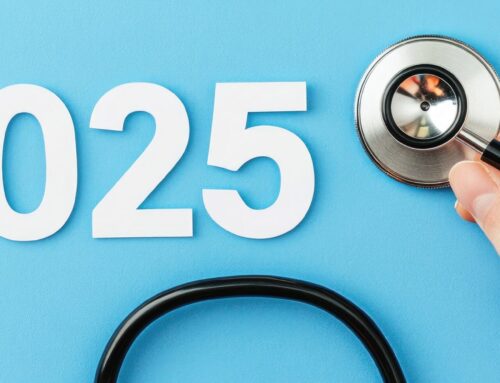The Centers for Medicare and Medicaid Services (CMS), on July the 13th, published its proposal for the Medicare Physician Fee Schedule for the calendar year 2022. In the new release, CMS recognizes 5 new CPT codes for Remote Therapeutic Monitoring (RTM).
These codes pertain to non-physiologic data, such as respiratory system status, musculoskeletal system status, therapy adherence, therapy response, and pain. Advocates and proponents of virtual care must surely welcome the new code set.
But what do these 2022 CPT codes changes signify? What exactly is RTM, and how does it differ from remote patient monitoring (RPM)? We will address these questions in this post, but first, let us take a look at the new codes.
Remote Therapeutic Monitoring Codes
The new RTM codes resemble the established RPM codes that have been in existence for a few years. These five codes include a code for the set-up of RTM equipment and education on its use, two services codes, and two device codes. Here are the code descriptions in the proposed rule:
- CPT code 98975: Initial set-up and patient education on equipment use for remote therapeutic monitoring, such as musculoskeletal system status, respiratory system status, medication adherence, and medication response.
- CPT code 98976: Scheduled recording and alert transmission with device supply, to monitor respiratory system every 30 days.
- CPT code 98977: Scheduled recording and alert transmission with device supply, to monitor musculoskeletal system every 30 days.
- CPT code 98980: The first 20 minutes of at least one interactive communication between the physician or a health care professional and the patient or caregiver, in a calendar month.
- CPT code 98981: Each additional 20 minutes of at least one interactive communication between the physician or a health care professional and the patient or caregiver, in a calendar month.
Difference between Remote Therapeutic Monitoring and Remote Patient Monitoring
Physiologic and Non-Physiologic Data
The RTM codes will cover the monitoring of data points that are presently not in the scope of RPM, such as therapy and pain adherence. Simply put, while the RPM codes cover physiologic data, the CMS proposed rule specifies that the RTM codes will cover non-physiologic data.
This non-physiologic data is not clearly defined, but CMS notes that RTM should cover conditions such as respiratory system, musculoskeletal system, therapy adherence, and therapy response.
Self-Reported Data
Remote therapeutic monitoring allows self-reported data through a web-based platform or an app, creating an important distinction between RTM and RPM codes, which require the automatic transmission of data by a connected device. This will cover certain monitoring metrics like medication adherence and pain levels, as existing hardware devices may not be able to capture and transmit these.
Broader Range of Providers
RTM codes include occupational therapists, physical therapists, clinical psychologists, speech-language pathologists, and such practitioners that are currently ineligible to bill for RPM.
Payment Parity
Qualified Health Care Professionals (QHCPs) and therapists stand to benefit greatly from the CMS proposal to bring payment parity between RTM services codes 989X4 and 989X5 and RPM services CPT codes 99457 and 99458.
HealthSnap’s RPM Software Helps with Billing CPT Codes
HealthSnap unifies your whole care team to enable better provider alignment, management visibility, and administrative control. If you are ready to start implementing RPM solutions, schedule a live demo of our integrated Virtual Care Platform to see how easy it is to drive revenue and improve patient health outcomes.
To benefit from managing healthcare remotely and proactively, request a consultation or call at 888-780-1872 to request a consultation.











